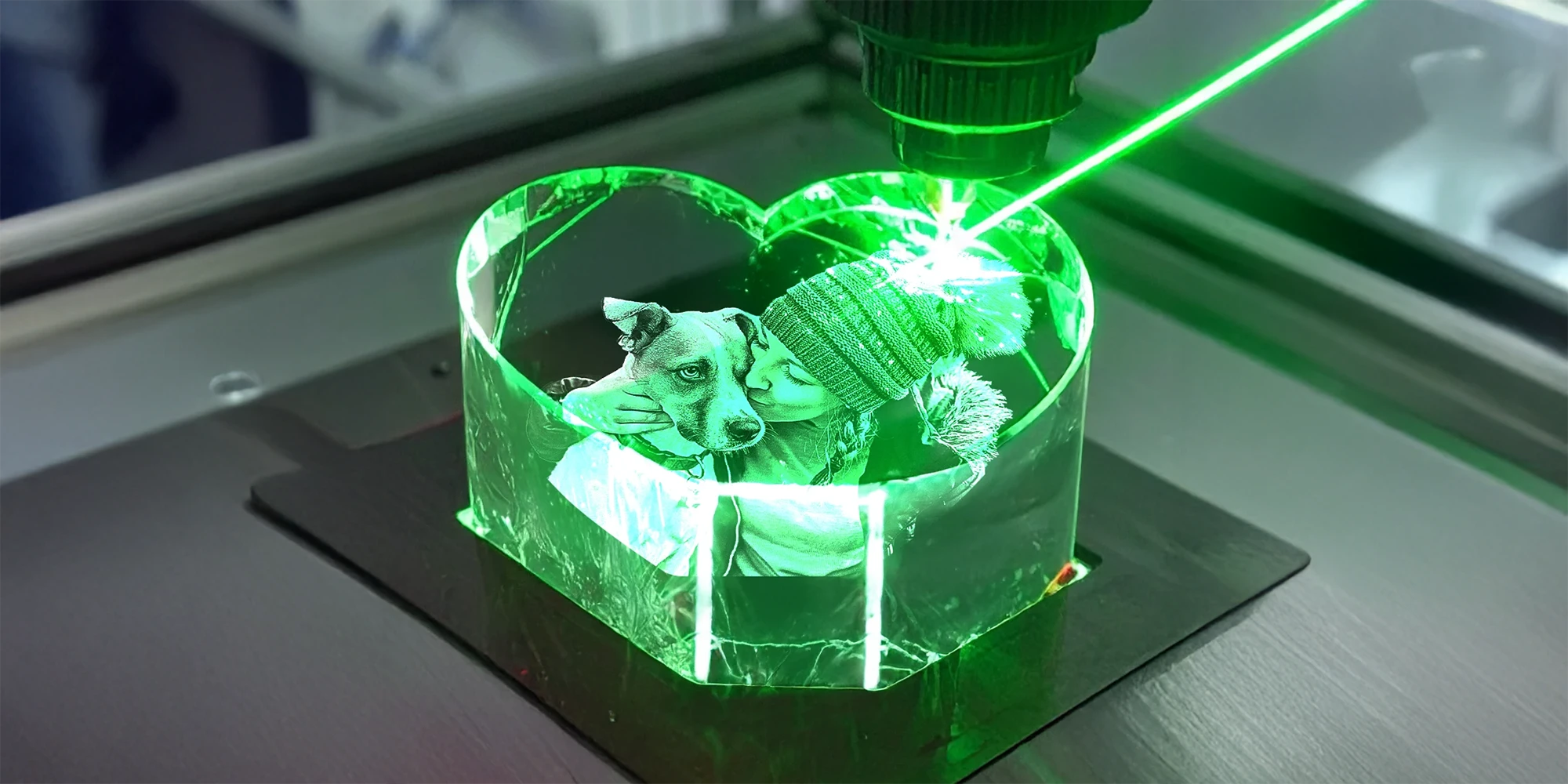
Quick Mindfulness for Busy Routines
In our fast-paced lives, finding time for mindfulness and meditation can seem like a daunting task. However, the benefits of incorporating mindfulness into our daily routines are undeniable—reduced stress, increased focus, and a greater sense of well-being. By integrating simple mindfulness techniques into everyday activities like commuting, eating, and working, you can stay stress-free and calm, even on the busiest days. Here’s how you can seamlessly incorporate mindfulness meditation into your busy routine.
1. Mindful Commuting: Turning Travel Time into Tranquility
Whether you drive, walk, cycle, or take public transport, commuting is an essential part of many people’s daily routines. Instead of viewing it as a stressful necessity, transform your commute into an opportunity for mindfulness and relaxation.

Practice Deep Breathing
As you begin your commute, take a few moments to focus on your breath. Inhale deeply through your nose, hold for a few seconds, and exhale slowly through your mouth. Repeat this process several times, allowing your body and mind to relax. This simple breathing exercise can help you start your day with a sense of calm, or unwind after a long day.
Mindful Listening
If you listen to music, podcasts, or audiobooks during your commute, try practicing mindful listening. Instead of letting your mind wander, focus entirely on the sounds you’re hearing—the melody, the words, the rhythm. This practice helps you stay present in the moment, making your commute a more peaceful and enjoyable experience.
2. Mindful Eating: Savoring Each Bite
Eating is something we do every day, often without giving it much thought. Mindful eating is about being fully present during your meals, paying attention to the taste, texture, and aroma of your food. This practice can not only enhance your enjoyment of food but also help you slow down and reduce stress.

Eat Without Distractions
Whenever possible, eat your meals without distractions like TV, smartphones, or work. Instead, focus on the food in front of you. Notice the colors, smells, and flavors of each bite. Chew slowly and savor the experience. This mindful approach to eating can turn a routine meal into a moment of relaxation and mindfulness.
Express Gratitude
Before you begin eating, take a moment to express gratitude for your meal. This could be a simple "thank you" for the food on your plate, or a deeper reflection on the effort that went into growing, preparing, and serving it. This practice helps cultivate a sense of appreciation and presence.
3. Mindful Working: Staying Focused and Present
Work is often where stress and distractions are most prevalent. However, by incorporating mindfulness into your work routine, you can improve focus, reduce stress, and enhance your overall productivity.

Take Mindful Breaks
Throughout your workday, take short mindful breaks to reset your mind and body. Stand up, stretch, and take a few deep breaths. Close your eyes for a moment and focus on your breathing. These breaks don’t have to be long—even a minute or two can make a significant difference in your stress levels and concentration.
Single-Tasking Over Multitasking
Instead of multitasking, try focusing on one task at a time with full attention. Begin each task with a clear intention, and work on it mindfully until completion. If you notice your mind wandering, gently bring it back to the task at hand. This approach not only reduces stress but also leads to higher-quality work and greater satisfaction.
4. Mindful Walking: Turning Movement into Meditation
Walking is a simple, everyday activity that can easily be transformed into a mindfulness practice. Whether you’re walking to your car, taking a stroll during your lunch break, or simply moving from one room to another, mindful walking can help you stay grounded and present.

Focus on Your Steps
As you walk, pay attention to each step you take. Feel the ground beneath your feet, notice the movement of your legs, and observe the rhythm of your pace. This mindful awareness of your body in motion can turn an ordinary walk into a meditative experience, helping to clear your mind and reduce stress.
Engage Your Senses
While walking, engage your senses by noticing your surroundings. What do you see, hear, smell, or feel? Whether it’s the sound of birds, the smell of fresh air, or the sensation of the breeze on your skin, tuning into your environment can deepen your mindfulness practice and enhance your connection to the present moment.
5. Mindful Transitions: Finding Calm Between Activities
Throughout the day, we transition between various activities—moving from work to home, from one task to another, or from waking to sleeping. These transitions are perfect opportunities to practice mindfulness and maintain a sense of calm amidst the busyness of life.

Pause and Breathe
Before starting a new activity, take a brief moment to pause and take a few deep breaths. This small act of mindfulness allows you to release any lingering stress from the previous activity and approach the next one with a clear, focused mind.
Set an Intention
As you transition from one activity to another, set a simple intention for how you want to approach the next task. For example, "I will approach this meeting with patience," or "I will focus fully on this task for the next 30 minutes." This mindful intention-setting can help you stay calm and focused throughout the day.
Incorporating mindfulness meditation into a busy routine doesn’t require a significant time commitment or drastic changes. By integrating mindfulness practices into everyday activities like commuting, eating, working, and walking, you can stay calm, focused, and stress-free, no matter how hectic your day gets. Remember, mindfulness is about being present in the moment and fully engaging with whatever you’re doing. With these simple strategies, you can bring a sense of peace and clarity to even the busiest of days. Start small, be consistent, and watch as mindfulness transforms your daily routine into a more balanced and fulfilling experience.
Bring Peace to Your Space with Beyond Memories
As you embark on your journey towards mindfulness and bringing more peace into your daily life, consider adding a Personalized 3D Crystal from Beyond Memories to your space. These beautiful crystals capture your most cherished moments in stunning detail, serving as a constant reminder of the people, places, and experiences that bring you joy and calm.

Displaying a custom 3D crystal in your home or workspace not only adds a touch of elegance but also helps you stay connected to what truly matters, reinforcing your mindfulness practice. Visit Beyond Memories to create your own crystal that celebrates the moments worth treasuring.





